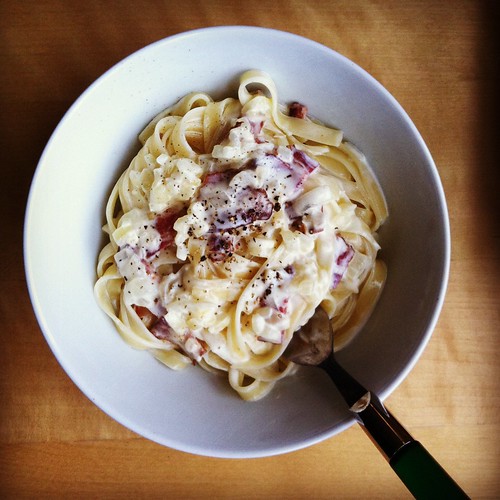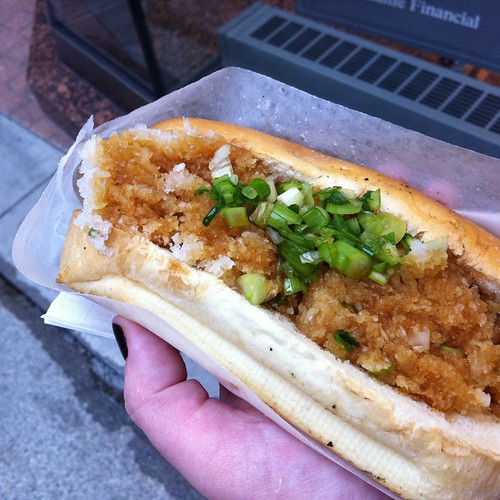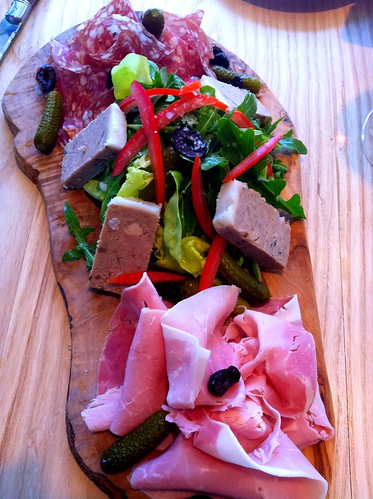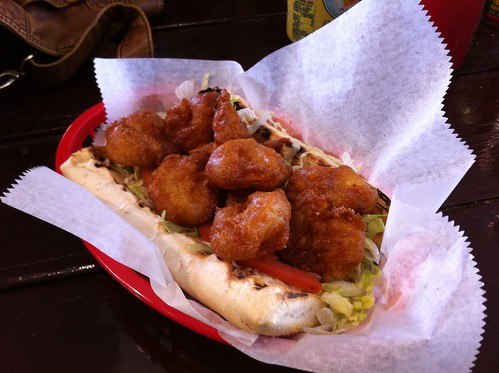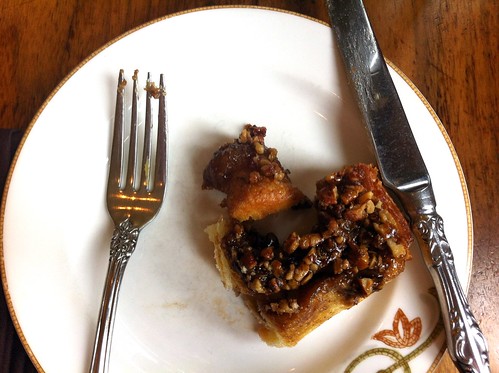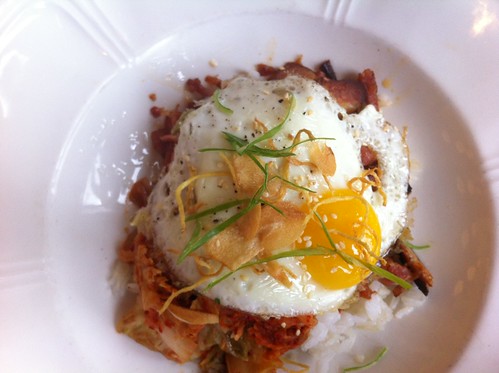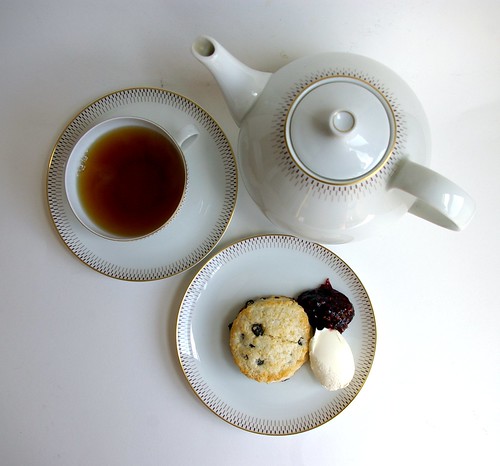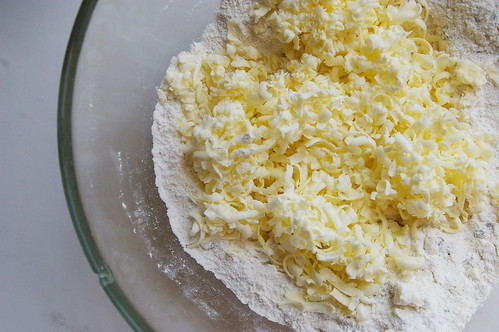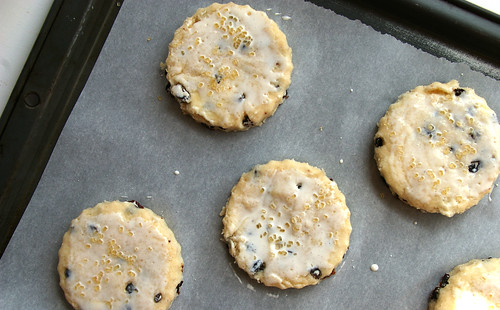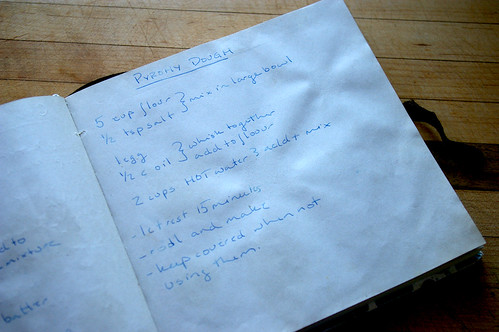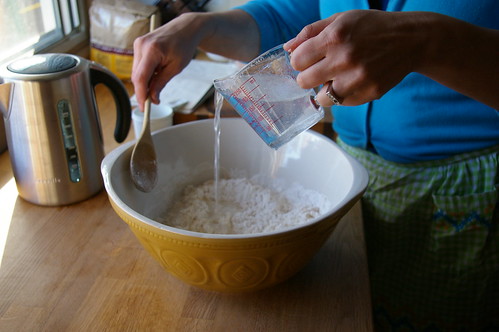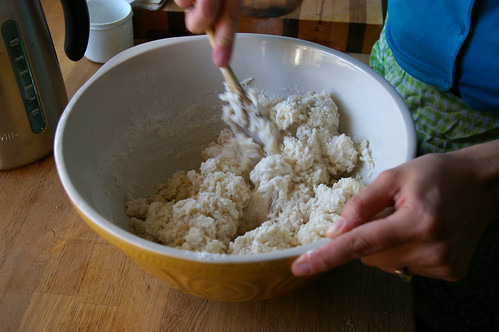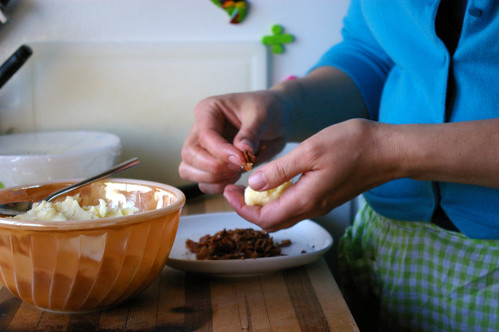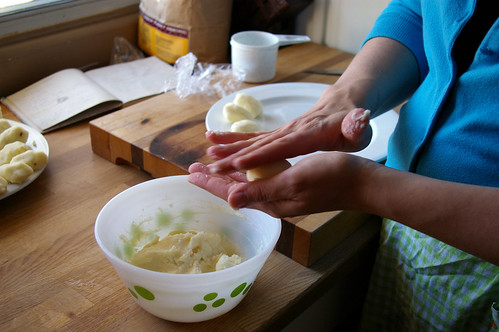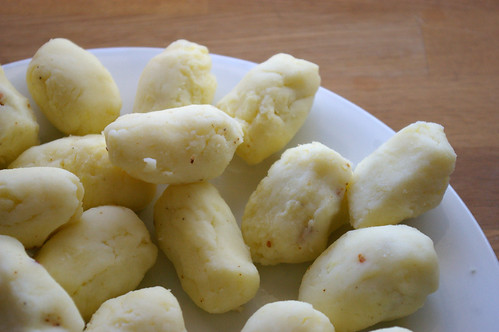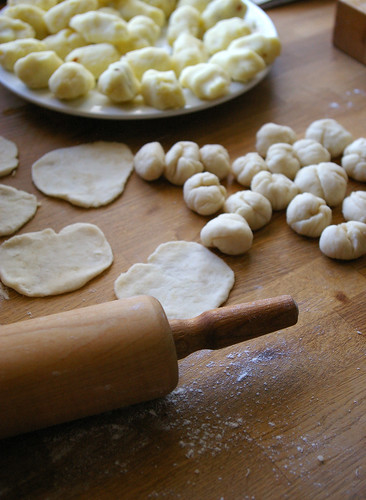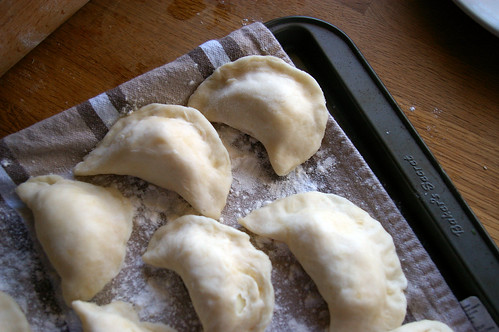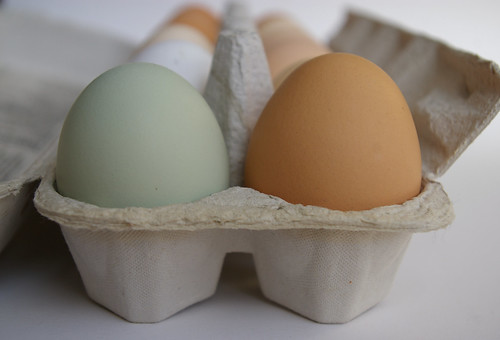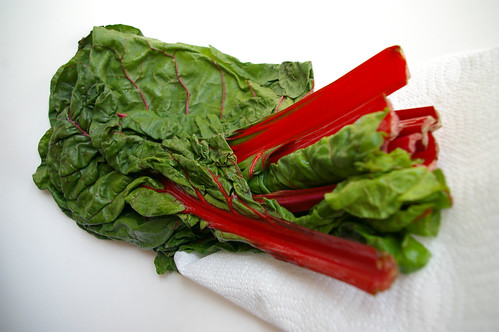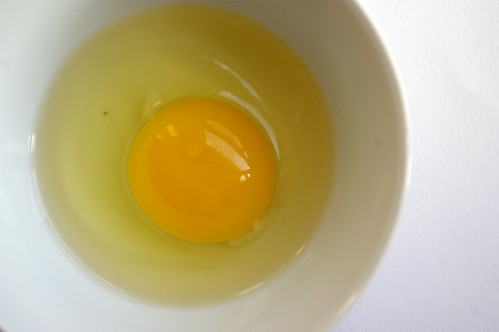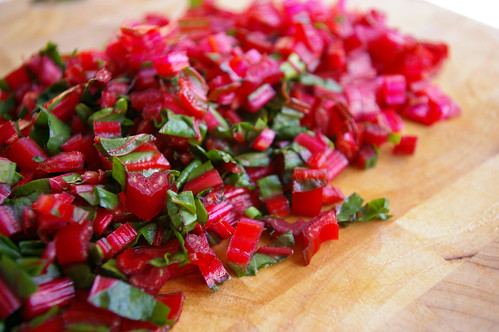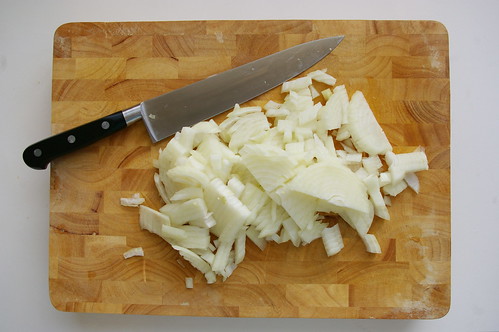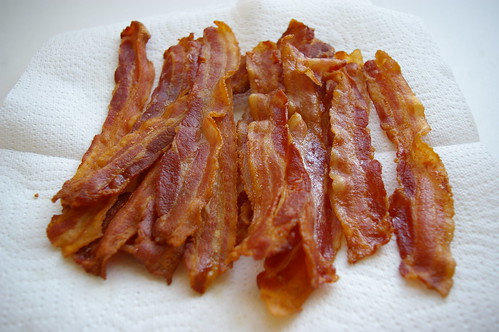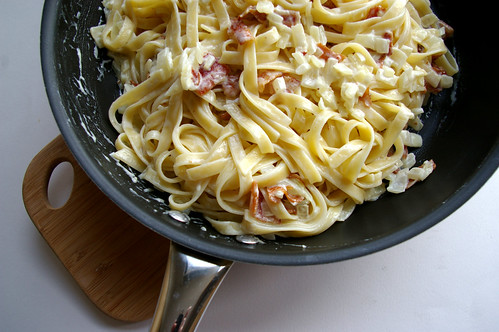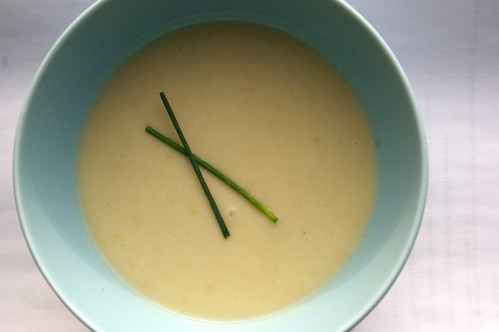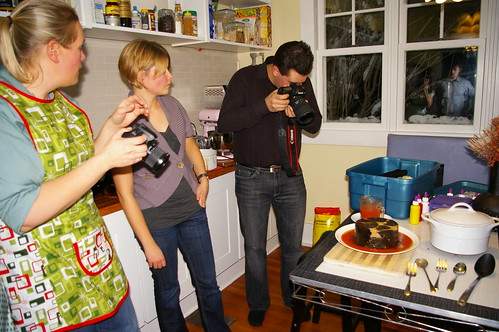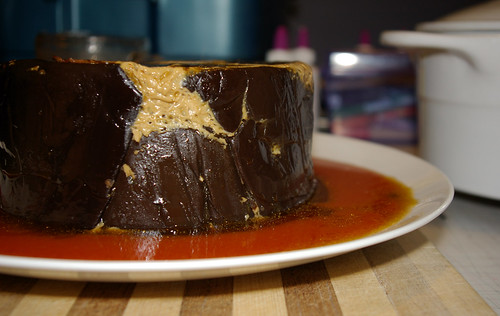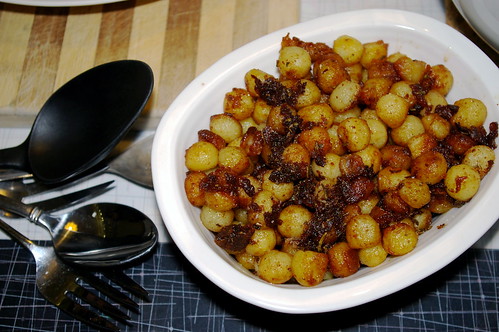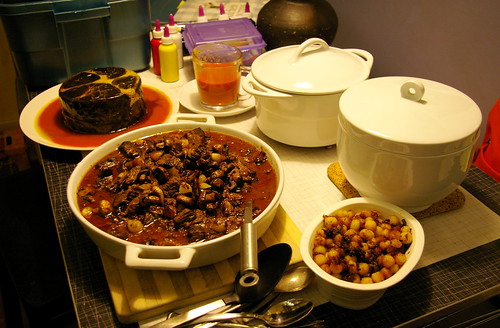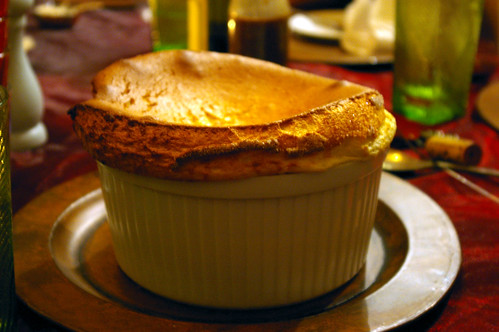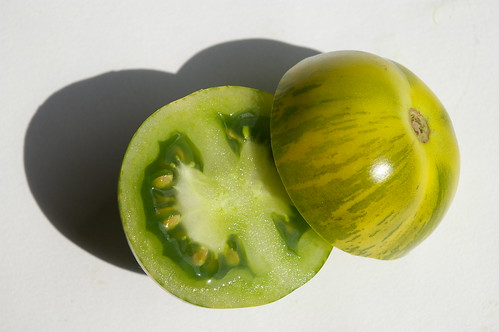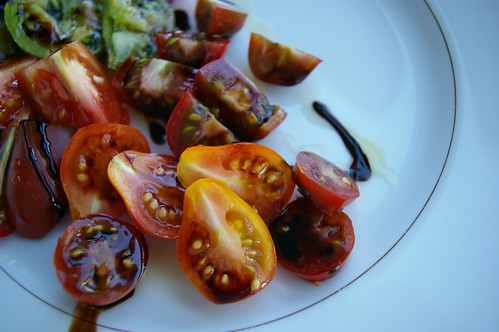In the moments that followed the first bite, as the flavour of beef and bacon and cheese filled our mouths, we knew this was one of our more brilliant plans.
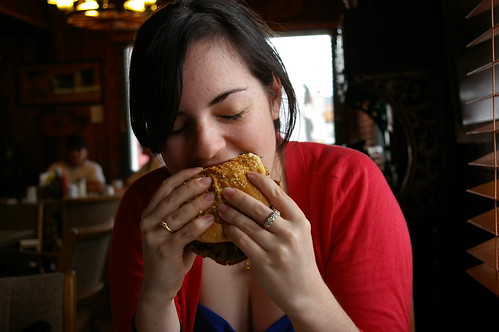
Of course, it didn’t start out that way.
It started out as a tongue-in-cheek joke, a nod to our mutual love of burgers. But as my sister’s trip from the coast to Cowtown neared, it morphed into a serious scheme.
The burger tour of southern Alberta was born.
You see, a truly great burger is more than the sum of its parts.
A solid, but not too filling, bun provides the backbone. It needs to hold the burger together, soak up the juices from beef and sauce, but not be too tall, too bread-y or so flimsy it becomes an annoyance.
Sauces–relish, mustard, ketchup, special or otherwise– should add to the flavour and not overpower the patty taste.
Lettuce and tomato are optional. Onion is not.
The burger should just fit into your hands and be bitten through without feeling you have to dislocate your jaw.
It should be messy. Bonus points for burgers that cause juices to trickle down your hands.
(The trick, I would come to learn, is to turn your plate so the burger drippings fall onto your french fries.)
Establishing a plan took several e-mail exchanges and thorough research.
A cruise through the Chowhound online forums, suggestions from friends and even a photo posted on Flickr — a photo-sharing website — gave us our plan of attack: five burger joints in four days.
There were tentative discussions about beef detox after that point.
And so, to the journey. From Calgary International Airport, we made our way to the first tour stop: Boogie’s Burgers on Edmonton Trail.
The little sister was off to the races with a double patty burger, adorned with cheese, bacon and pickles. (And a bacon, banana, peanut butter milkshake to wash it all down; if I hadn’t been around when she was born, I would swear she was adopted.)I wanted a slower pace and went with a single with bacon and cheese.
The burgers were the size of my outstretched hand, with a tangy red sauce. The buns were fresh-tasting, with a slightly crisp crust that gave nicely when bitten into. Thick slices of bacon and melted cheddar cheese rounded out the burgers. And they passed the requisite messy test with me having to go through several paper napkins.

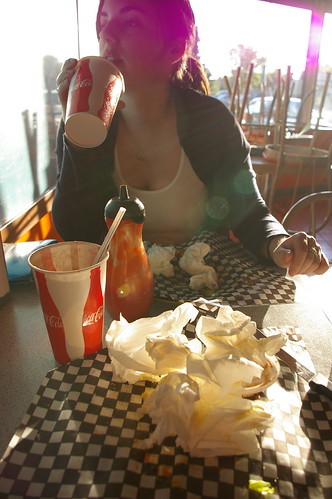
We were off to a good start. Day 2 took us down Highway 22 to Turner Valley for a stop at the Chuckwagon Cafe. Charmed by the red barn exterior and the slightly kitschy decor inside, we were eager to see what this little restaurant had to offer.

We both ordered the House Burger, minus the mushrooms, featuring a six-ounce patty of beef raised on a Longview farm with no hormones or steroids, topped with fried onions, bacon and marble cheese.
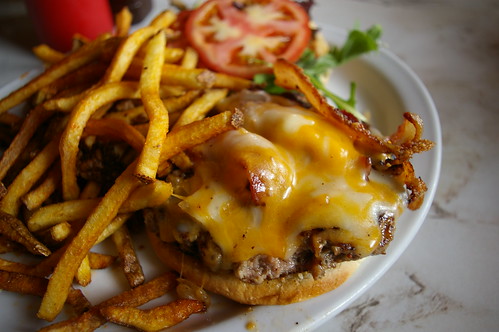
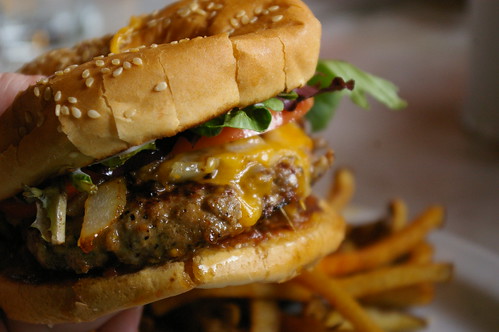
After the plates were set down, the first five minutes were punctuated solely with the sounds of beef contentment, echoed by little more than groans of acknowledgment.
Mmmm. Uh-huh. Mmmm. Seriously.
The thick patty was juicy and flavourful, had nice charred bits and was well-spiced and complemented by the homemade relish.
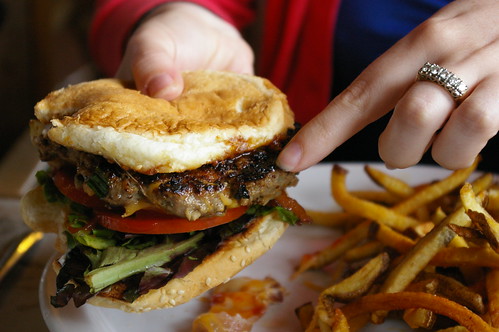
For the next hour as we drove further south on Cowboy Trail–she marvelled at the expansive Prairie sky while we sang along with bubble gum pop songs –there were moments when we stopped to talk about those burgers again.
In High River, we pulled up to a little red-roofed burger shack whose reputation is well known. The Hitchin’ Post is a local favourite and the steady line of traffic in and out of the dirt parking lot surrounding the tiny takeout restaurant spoke volumes.

Cheeseburgers topped with a full slice of onion and sitting atop yellow mustard and relish were ordered up and washed down with orange soda. The burgers were about the size of my palm and tasty, but more akin to a burger from a fair. It filled the burger need, but not in the way that would keep us talking about them for days after.
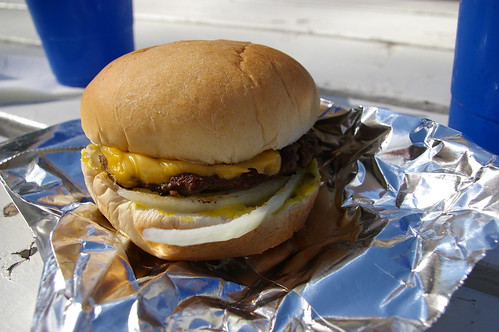
By 11 a. m. the next morning, we were ready for round four: Rocky’s Burger Bus –literally, an old red bus jammed into the city’s southeast industrial area just off Blackfoot Trail, with a few picnic tables in behind.

The cheeseburgers were adorned with little more than a generous helping of mustard and relish and a piece of processed cheese. But the thick wedge of beef was the star attraction of this meat-centric burger. It was juicy and tender, likely because the patties are shaped by hand. And it was hot off the grill, which was deliciously unexpected.
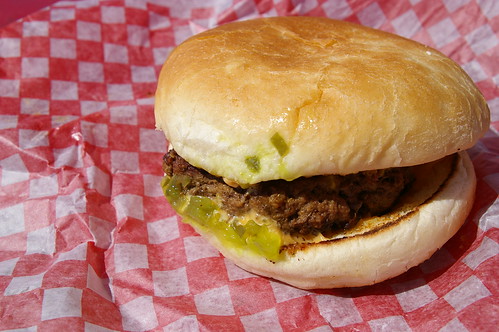

The final stop on the tour was at downtown steak house Saltlik, where friends joined us to try the double-fisted bacon cheeseburger. This was not just a turn of phrase. A thick patty topped with bacon, cheddar, a healthy tomato slice, lettuce and red onion, all jammed into a tall bun–two hands were definitely necessary.
But, as we entered a virtual beef coma at the end of day four, there was no debate about who served the best burger. Even now, weeks later, I think about the Chuckwagon Cafe and how easy it would be to climb into my car and head south.
The sister has already marked it as a must-do for the next tour.
This story first appeared in the Real Life section in the Calgary Herald. For more delicious recipes, visit CalgaryHerald.com/life.

